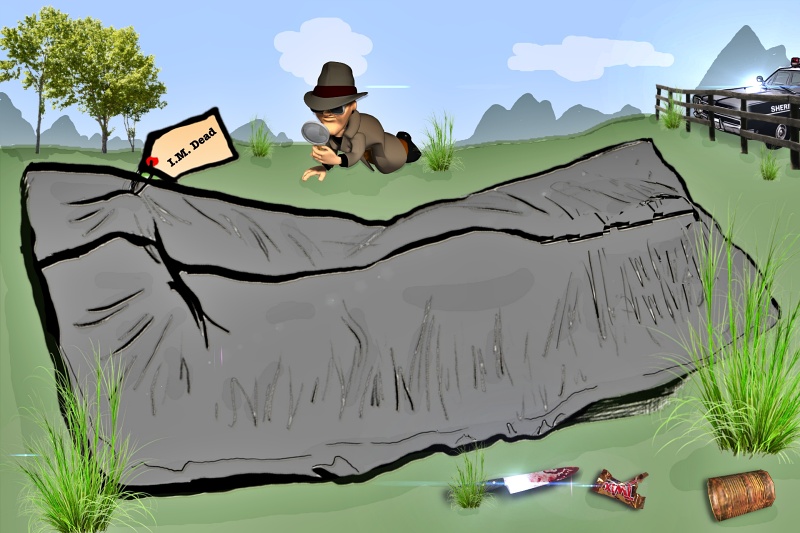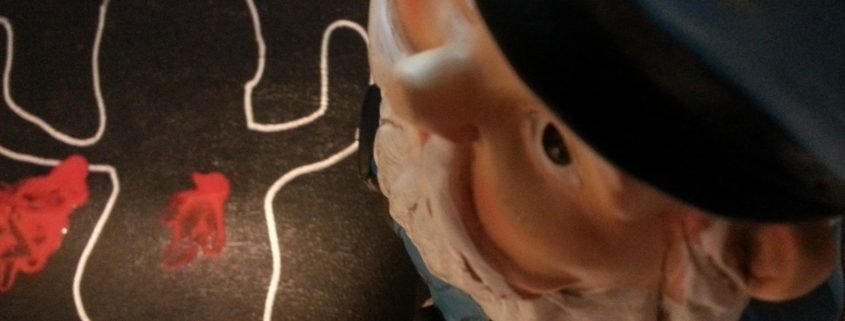There are nearly as many different ways to approach and investigate a crime scene as there are officers standing in line each morning at coffee and/or donut establishments. I suspect their orders—chocolate-covered, glazed, bear claw, etc.—are as diverse as their personalities and the ways they approach the job. But, despite the menagerie of varying quirks and thought processes, there are things that should be done at all murder scenes. For example …
Document the findings at the crime scene:
1. Record the air temperature at the scene (ambient air).
2. Document body temperature of the deceased, if the medical examiner is not on scene. Document description—cold, warm, frozen, etc. To the touch, only. Cops do not insert thermometers into any portion of a human body.
3. Document livor mortis—was livor mortis present, and at what stage? Was it fixed? Was body position consistent with the stage of livor mortis? Did someone move the body?
4. Document rigor mortis—what stage of rigor? Was the rigor consistent with the crime scene? Did someone move the body?
5. Note the degree of decomposition—skeletonization, putrefaction, mummification, etc.
6. Document animal activity—was the body in any way altered by animals?
7. Photograph the body exactly as it was found. Also, the ground beneath the body should be photographed once the body has been removed
8. Document victim’s physical characteristics—description of the body, including scars, marks, tattoos, clothing, jewelry, and obvious wounds).
9. Make note of the type of on-scene emergency medical care, or the lack of treatment.
10. Document the presence of body fluids and where they’re found (mouth, nose, beneath the body, etc.). Also note if there’s no indication of body fluids.
11. Bag the victim’s hands (and bare feet) in clean, unused paper bags.
12. Collect or arrange for the collection of trace and other evidence.
13. Determine the need for alternate light sources and other specialized equipment.
14. Photograph the victim’s face for future identification purposes.
15. Make note of the presence of insects. Photograph and collect samples of each.
16. Protect the body from further injury and/or contamination.
17. Supervise the placement of the body into a body bag, and install the proper seal/securing.
 18. Ensure the proper removal and transportation of the body.
18. Ensure the proper removal and transportation of the body.
19. Who, What, Where, How, and When – Who discovered the body? Who was present when the body was discovered? Where was the body discovered? How was the victim killed? When was the body discovered? Who witnessed the murder? Etc. Document everything, no matter how insignificant it sounds at the time.
20. Document EMS records/activity. Obtain a copy of the EMS call sheet/report, if possible.
21. Document witness statements. What they observed, the victim’s actions prior to death, killer’s description, etc.
22. Note medical examiner’s comments.
23. Obtain written witness statements, if possible, and contact information.
24. Document the names and contact information of everyone present at the scene, including officers, EMS, medical examiner, firefighters, press, etc.
25. Be certain that all evidence has been recovered before releasing the scene.


